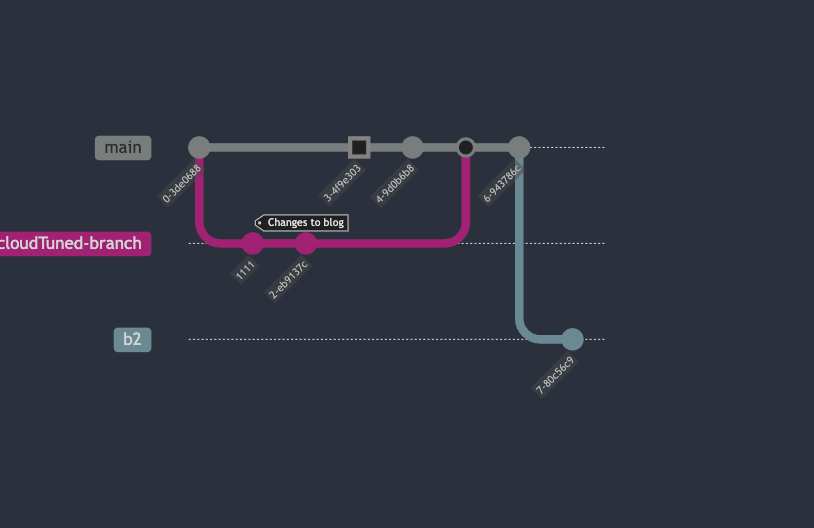Daily Hack #day30 - Create a Commit Flow Diagram with Mermaid
 Cloud Tuned
Cloud Tuned
A commit flow diagram, often used in version control systems like Git, visually represents the process of creating, modifying, and integrating changes into a codebase. It typically illustrates the sequence of actions involved in the commit workflow, including staging changes, committing them to the local repository, and eventually pushing them to a remote repository.
At its core, a commit flow diagram serves as a roadmap for developers, guiding them through the steps necessary to effectively manage code changes and collaborate with team members. By visualizing the commit workflow, developers gain clarity on how changes move through different stages, helping to maintain a structured and organized development process.
The diagram may include key elements such as branches, commits, merges, and remote repositories, providing a comprehensive overview of the version control workflow. Additionally, it may highlight best practices, such as using feature branches, writing descriptive commit messages, and performing code reviews, to ensure the integrity and quality of the codebase.
Overall, a commit flow diagram is a valuable tool for both individual developers and teams, facilitating clear communication, efficient collaboration, and consistent adherence to version control practices.
There are various tools available that will help you in creating commit flow diagrams, one such tool is Mermaid and you can check it out following this link
gitGraph:
commit "CT"
branch cloudTuned-branch
checkout cloudTuned-branch
commit id:"1111"
commit tag:"Changes to blog"
checkout main
commit type: HIGHLIGHT
commit
merge cloudTuned-branch
commit
branch b2
commit
Subscribe to my newsletter
Read articles from Cloud Tuned directly inside your inbox. Subscribe to the newsletter, and don't miss out.
Written by
